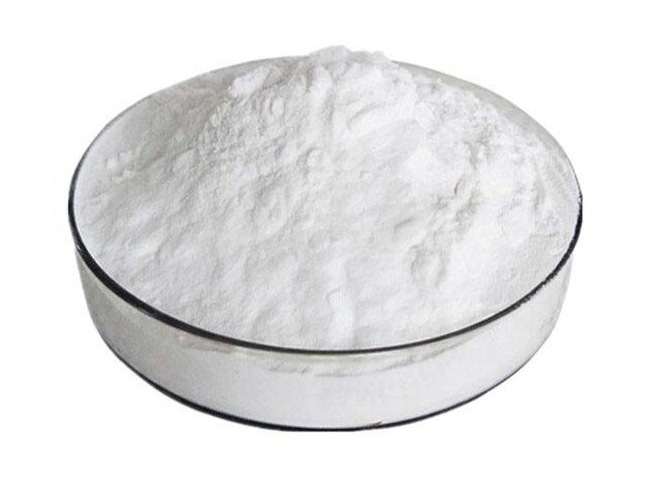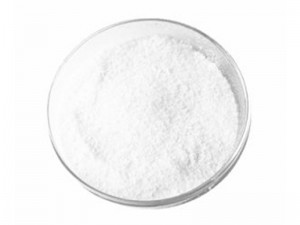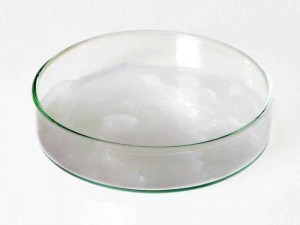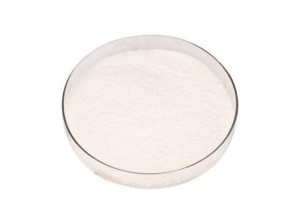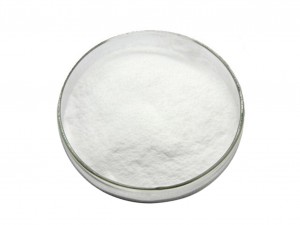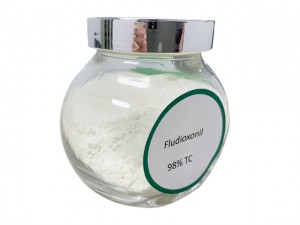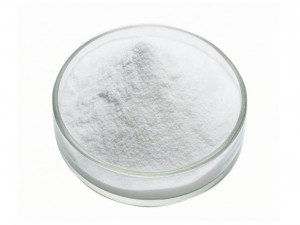Mepiquat Chloride
Mepiquat Chloride, Technical, Tech, 97% TC, 98% TC, Pesticide & Plant Growth Regulator
Specification
| Common Name | Mepiquat Chloride |
| IUPAC Name | 1,1-dimethylpiperidinium chloride |
| Chemical Name | 1,1-Dimethylpiperidinium chloride; N,N-Dimethylpiperidinium chloride |
| CAS No. | 24307-26-4, 15302-91-7 |
| Molecular Formula | C7H16ClN |
| Molecular Weight | 149.662 |
| Molecular Structure | 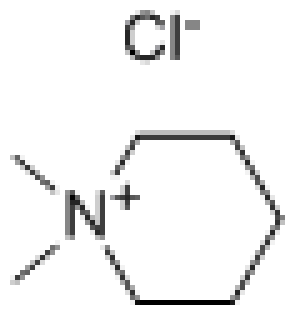 |
| HS Code | 2933399051 |
| Specification | Mepiquat Chloride, 97% TC, 98% TC |
| Form | White to slight yellow crystalline solid. |
| Melting Point | 223℃(Tech.) |
| Decomposition Point | 285℃ |
| Density | 1.187 |
| Solubility | In water >500 g/kg (20℃). In Ethanol <162, in Chloroform 10.5, in Acetone, Benzene, Ethyl Acetate, Cyclohexane <1.0 (all in g/kg, 20℃). |
| Stability | Stable in aqueous media (7 days at pH 1-2 and pH 12-13, 95℃). Decomposes at 285℃. Stable to heat. Stable in artificial sunlight. |
| Combustibility and Explosibility | Inflammable, inexplosive |
| Storage Stability | A stable period of 2 years, under the cool, shade and dry storage conditions. |
Product Description
Mepiquat Chloride is a new type of plant growth regulator, which has a good conduction function in the plant. It can promote the reproductive growth of plants, inhibit the stem and leaf growth, control the lateral branches, shape the ideal plant type, increase the number and vitality of root system, make the fruit gain weight, improve the quality. Widely used in cotton, wheat, rice, peanuts, corn, potatoes, grapes, vegetables, beans, flowers and other crops.
● Biochemistry:
Inhibits the biosynthesis of gibberellic acid.
● Mode of Action & Functions:
This product is kind of plant growth retardant. It mostly restrain the biosynthesis of gibberellic acid inside crops when being absorbed by leaves and roots. In this way it can restrain the elongation of cell, stay the growth of nutrition, make plants shorter and increase content of chlorophyll. This also increases assimilation of leaves and adjusts distribution of outcome inside plants.
Adjust growth of cottons, control model of plant, harmonize develop of nutrition, reduce falling off of boil, increase boil number and weight of each plant, increase output. We can see from research that it could increase number and weight of boil of the middle and lower part of plant.
Make wheat short but strong and increase the production. Restrain elongation of culm, make plant to be wide and strong, avoid its lodge. The color of leaves will be darker, accumulation of nutrition become increased, number of fringe and output both increased obviously. When crops were sprayed in anthesis, we can raise their fruit rate and kilo grain weight.
For peanut, mung bean, tomato, banana, watermelon and cucumber, it can help the transportation of photosynthesis outcome to flower and fruit. Avoid falling off, increase fruit rate.
Help the intumescences of rhizome, increase content of grape sugar and out put. It can obviously restrain elongation between tips, reduce consume of nutrition, facilitate accumulation of sugar and intumescences of animus.
● Uses:
It is used on cotton to reduce vegetative growth and to advance maturation of the bolls, and to inhibit sprouting in onions, garlic and leeks. It is used in combination with ethephon to prevent lodging (by shortening the stem and strengthening the stem wall) in cereals, grass seed crops, and flax. Typical application rates in cotton and onions are 0.04 kg/ha, and in cereals 0.2-0.6 kg/ha.
● Formulation Types:
SL, UL.
● Toxicity:
In accordance with Chinese toxicity grade scale of agrochemical, Mepiquat Chloride is a low toxicity plant growth regulator.
● Packing in 25KG / Drum or Bag


